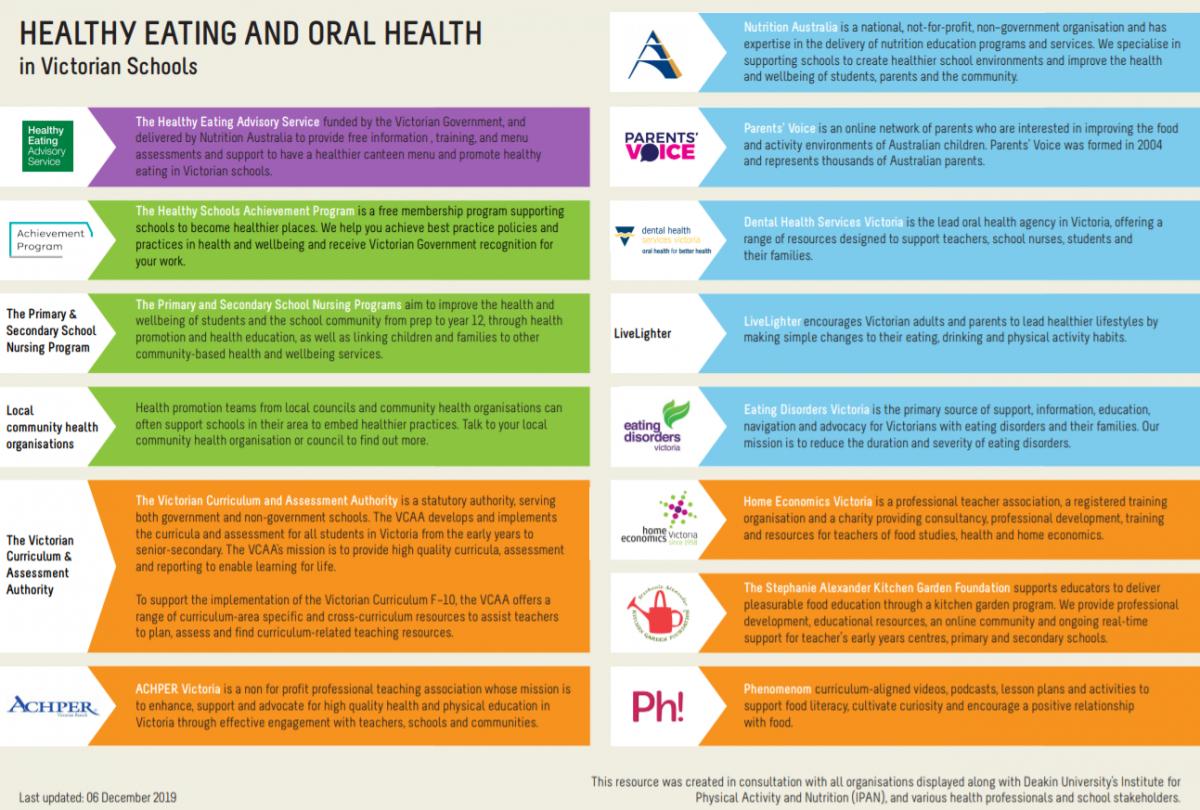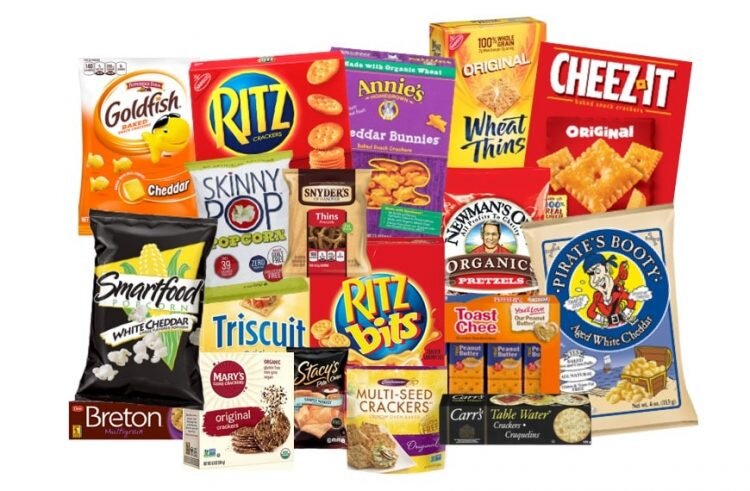
You should avoid high-processed food if you wish to be healthier. You can still eat a variety of foods that are minimally processed. These include whole grains breads, pasta, fresh fruits and vegetables, as well as low-fat milk. Yogurt, salad dressings and cake mixes are other examples of minimally processed food. Even "natural" foods are often loaded with additives.
A processed food is one that has been altered in the cooking process. Many of them are shelf-stable and have a great taste. There are different categories of processed foods, with some being more heavily processed than others. People who are concerned about the health effects of highly processed foods will still be able to choose minimally-processed food. These foods don't contain added sugar or salt and are made with only a few healthy ingredients.

The U.S. Department of Agriculture defines processed food as "foods that have undergone alterations in their natural state." Most common processing methods include washing, cleaning. Food processing includes adding flavors, preservatives and other additives. Due to the high cost of food it's best not to do it.
You can have negative effects on your health by eating certain foods. You have to decide which foods you should avoid. One good solution is to cut back on refined sugar and salt. It is possible to eat more whole foods like fruits and vegetables without worrying about processed products. You can also reduce the amount of added sugar and fat in your diet. You can also reduce the amount of processed food you eat.
Even though they're not considered healthy, these foods can be time-saver for busy families. These foods may contain added vitamins or minerals, but they are not as nutritious as whole foods. Fortified foods can have extra ingredients that increase their nutritional value. Additionally, frozen fruits or vegetables can still be consumed because they contain vitamin C. So you can eat many different foods and still enjoy good health.

Ultra-processed foods include ready-made meals, snacks, and beverages. These foods have a high amount of artificial colors or preservatives. These ultra-processed foods have a high amount of sugar, fat, and artificial ingredients. These foods are frequently linked to heart disease, obesity, diabetes, and other cancers. Natural ingredients are the best way to avoid these foods.
Choosing minimal-processed foods is essential to your health. Unprocessed and minimally-processed foods can improve your overall health. You can make healthy choices and cut out processed foods from your diet. Reducing your intake can help lower the risk of getting cancer. This can be done by reducing your intake of sugary and processed foods. If you have an allergy to nuts, you can reduce the amount of products you consume by choosing natural ingredients.
FAQ
What's the difference between a virus & a bacterium?
A virus, a microscopic organism, is incapable of reproducing outside its host cell. A bacterium can be described as a single-celled organism which reproduces by splitting in two. Viruses measure only 20 nanometers in diameter, but bacteria is up to 1 millimeter in size.
Viruses can be spread by contact with bodily fluids containing infected substances, such as saliva, urine and semen. Bacteria can be spread by direct contact with infected objects and surfaces.
Viruses may enter the body through cuts, scrapes. bites, or any other break in the skin. They can also enter the body through the mouth, nose, eyes and ears, vaginal, rectum or anus.
Bacteria can get into our bodies through cuts, scrapes and burns, insect bites, or other skin breaks. They can also be introduced to our bodies by food, water and soil.
Viruses and bacteria both cause illness. But viruses can't multiply within their hosts. They infect only living cells, causing illness.
Bacteria may spread to other people and cause sickness. They can even invade other parts of the body. That's why we need antibiotics to kill them.
What is the difference in fat and sugar?
Fat is an energy source that comes from food. Sugar is naturally found in fruits and veggies. Both fats (and sugars) have the same calories. Fats however, have more calories than sugars.
Fats are stored in your body and can cause obesity. They can lead to cholesterol buildup in the arteries, which could cause heart attacks or strokes.
Sugars are quickly absorbed and provide instant energy. This causes blood glucose to rise. High blood glucose levels are dangerous as it can increase the likelihood of developing type 2 diabetes.
What can I do to boost my immune system?
There are trillions upon trillions on cells in the human body. These cells work together to form organs and tissues that perform specific functions. A cell that dies will be replaced by another. Chemical signals, called hormones, allow cells to communicate with each other. Hormones regulate all bodily processes, from growth and development to metabolism and immunity.
Hormones are chemicals secreted by glands throughout the body. They travel through the blood stream and act like messengers to control how our bodies function. Some hormones come from the body and others from outside.
When a hormone-producing gland releases their contents into the bloodstream, hormone production begins. Once hormones are released they move through the bloodstream until they reach their intended organ. In some cases hormones can remain active for only a few hours. Others hormones are more active and have a longer life expectancy. They can still influence the body's functions long after they are eliminated from the bloodstream.
Some hormones can only be produced in large quantities. Some hormones are produced in large quantities.
Some hormones are made at certain times in our lives. For example, estrogen can be produced during puberty or pregnancy. Estrogen assists women with breast development, bone density, and osteoporosis prevention. It is also known to promote hair growth and keep skin soft and smooth.
Do I have to count calories?
You might be asking "What is the best diet?" or "is counting calories necessary?" The answer to this question depends on many factors, including your current health, your personal goals and preferences, as well as your overall lifestyle.
The Best Diet for me - Which One Is Right for You?
The best diet for me depends on my current health status, my personal goals, my preferences, and my overall lifestyle. There are many diets available, some good and others not so good. Some diets work better than others. What should I do then? How do I make the right decision?
These questions are addressed in this article. It begins with an overview of the different diets today. The pros and cons of each diet are then discussed. Finally, we'll discuss which one is best.
Let's first take a look at different diets.
Diet Types
There are three main types: low-fat, high-protein, or ketogenic. Let's discuss them briefly below.
Low Fat Diets
A low-fat diet is one that limits the intake of fats. This is done by reducing your intake of saturated oils (butter, cream cheeses, etc.). You can replace them with unsaturated oils (olive oil and avocados) Low fat diets are often recommended to those who wish to lose weight quickly. This diet can cause problems such constipation as heartburn, indigestion, and even stomach pain. It can also lead to vitamin deficiencies, if someone doesn't get enough vitamins in their food.
High Protein Diets
High protein diets discourage carbohydrates and encourage the use of proteins. These diets usually have higher amounts of protein than other diets. These diets can help increase muscle mass and decrease calories. However, they might not provide enough nutrition for those who need to eat frequently. They are not suitable for all people because they can be restrictive.
Ketogenic Diets
Ketogenic diets also go by the name keto diets. They are high in fat and moderate in protein and carbs. Athletes and bodybuilders use them because they allow them more time and harder training without feeling fatigued. You must adhere to all side effects, including fatigue, headaches, nausea and headaches.
Why is it so important to lead a healthy lifestyle
A healthy lifestyle will help us live longer and happier lives. A healthy diet, regular exercise, good sleep habits, and stress management will help prevent diseases like heart disease, diabetes, cancer, and stroke.
A healthy lifestyle can also help improve mental health and make it easier to deal with daily stressors. A healthy lifestyle can also help you feel and look younger.
Which are the top 10 foods you should eat?
The 10 best foods to eat include:
-
Avocados
-
Berries
-
Broccoli
-
Cauliflower
-
Eggs
-
Fish
-
Grains
-
Nuts
-
Oats
-
Salmon
Statistics
- Extra virgin olive oil may benefit heart health, as people who consume it have a lower risk for dying from heart attacks and strokes according to some evidence (57Trusted Source (healthline.com)
- This article received 11 testimonials and 86% of readers who voted found it helpful, earning it our reader-approved status. (wikihow.com)
- nutrients.[17]X Research sourceWhole grains to try include: 100% whole wheat pasta and bread, brown rice, whole grain oats, farro, millet, quinoa, and barley. (wikihow.com)
- In both adults and children, the intake of free sugars should be reduced to less than 10% of total energy intake. (who.int)
External Links
How To
What does the meaning of "vitamin?"
Vitamins are organic compounds naturally found in food. Vitamins are necessary for us to absorb nutrients in the foods we consume. Vitamins cannot be made by the body; they must be taken from food.
There are two types of vitamins: water soluble and fat soluble. Water-soluble vitamins dissolve in water easily. Some examples include vitamin C,B1 and B2 vitamins (thiamine), B2 and riboflavin, B3 and B6 vitamins (niacin), folic acids, biotin, pantothenic acids, and cholesterol. Fat-soluble vitamins can be stored in the liver or in fatty tissue. Some examples include vitamin D and E, K, A and beta carotene.
Vitamins can be classified according to biological activity. There are eight major types of vitamins:
-
A - Vital for normal growth and maintaining good health.
-
C is important for nerve function and energy production.
-
D - necessary for healthy bones and teeth.
-
E is necessary for good vision, reproduction.
-
K – Required for healthy nerves & muscles.
-
P - essential for strong bones, teeth and tendons
-
Q - Aids in digestion and absorption.
-
R - necessary for making red blood cells.
The recommended daily allowance for vitamins (RDA) varies based on gender, age, and physical conditions. The U.S. Food and Drug Administration (FDA) sets the RDA values.
For adults aged 19 and older, the RDA for vitamin B is 400 micrograms daily. Pregnant women require 600 micrograms daily to support fetal development. Children ages 1-8 require 900 micrograms per day. For infants younger than one year, 700 micrograms are required daily. However, this number drops to 500 micrograms each day for children aged 9-12 months.
Children between the ages 1--18 years old who are overweight or obese require 800 micrograms per Day, while those who are overweight or obese need 1000 micrograms. To meet their nutritional needs, children underweight and obese require 1200 micrograms a day.
Children 4-8 years old who have anemia must consume 2200 micrograms of Vitamin C daily.
2000 micrograms per person is necessary for general health. Breastfeeding or pregnant women require 3000 micrograms per daily due to higher nutrient demands.
Adults over 70 years of age need 1500 micrograms per day since they lose about 10% of their muscle mass each decade.
Women who are pregnant or lactating need more than the RDA. Pregnant women need 4000 micrograms per dayduring pregnancy and 2500 micrograms per day after delivery. Breastfeeding mothers need to consume 5000 micrograms every day when breastmilk has been produced.